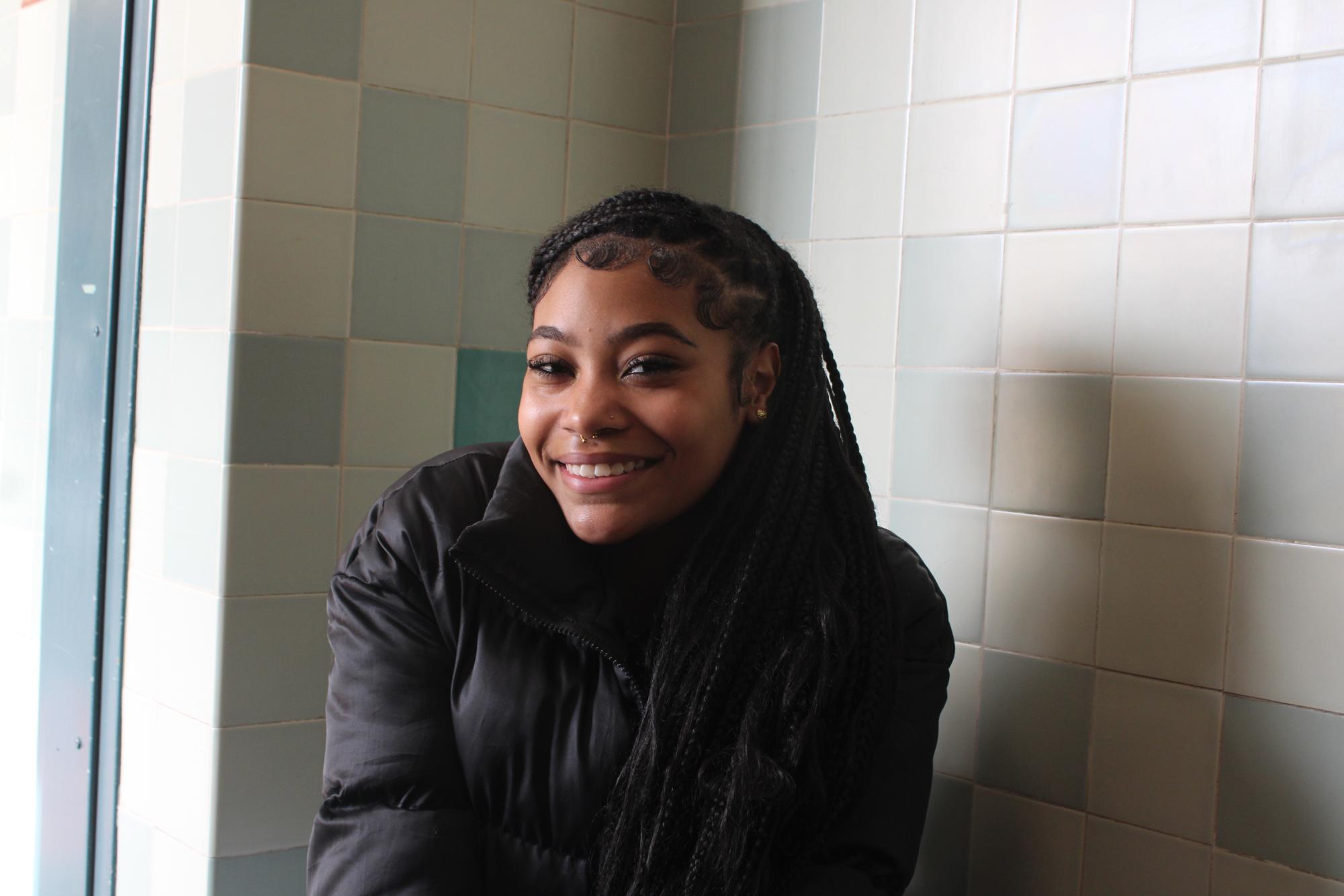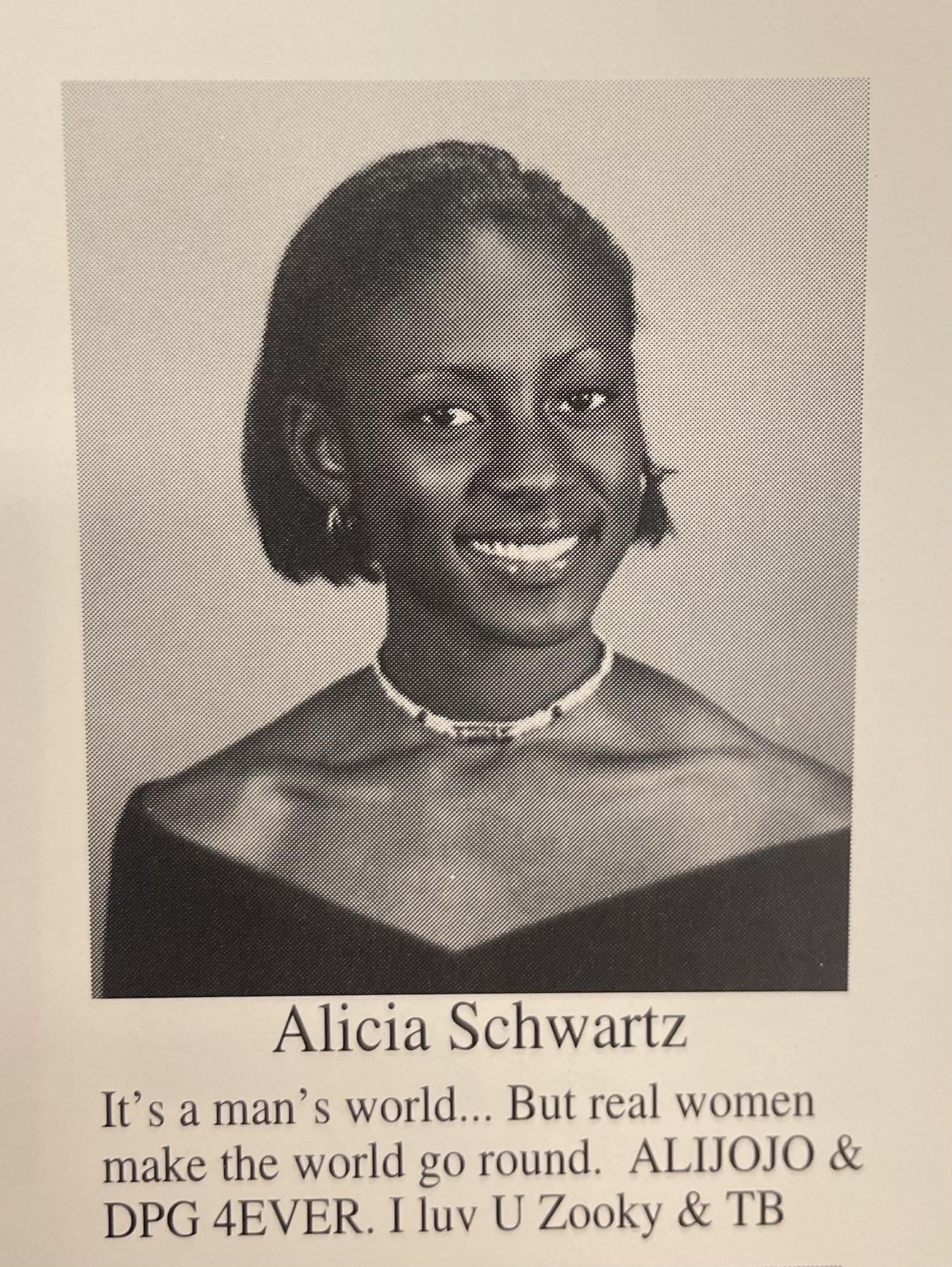Reflecting on my past four years at Redwood High School, I am glad they have largely been defined by my active participation within the student body. Although I have been connected to so many communities across our campus, an underlying sense of isolation contradicts my experiences on paper.

I am one of the few students of color at Redwood. In my elementary and middle schools, I was also surrounded by white peers and teachers. This racial homogeneity has impacted my perception of self. However, I did not realize how deeply until I found a first-grade self-portrait in which I painted myself with a skin tone notably lighter than my own.
According to the March 2024 Bark survey, 53 percent of students believe their identity is shaped by the environment around them, and 29 percent of students believe their identity is somewhat shaped by the environment around them. Race can be denoted as one of these influencing factors, and the Tamalpais Union High School District (TUHSD) is a predominantly white institution.
Justique Smith
Senior Justique Smith continued her final year of high school at Redwood before transferring to San Andreas High School in her current second semester. Identifying as a Black student, in 2015, she came to the Reed Union School District in Marin after growing up in the North Bay and going to a primarily Asian school in the city of San Francisco.

“I would say it was easier for me because I came to Marin as a kid. At the time, I don’t think other kids were self-aware about racism and those issues. Everyone was kind of together, but then I feel as everyone grew up, that’s where an idea of othering and microaggressions occurred between different groups,” Smith said.
Smith often found herself to be the only Black student in her classes throughout elementary and middle school. She reflected that her treatment was different from her white peers, and this fundamentally shaped her growing up.
“There were many things said by teachers like, ‘I didn’t know that you knew how to do this,’ since you used to live [elsewhere.] I feel like there are high expectations when you move [to Marin]. It felt like, ‘Oh, maybe I don’t belong here.’ I felt self-doubt,” Smith said.
This education system, made up of teachers, students and curriculum, brought a negative connotation to her identity as a Black student. She describes her conflicted attitudes toward her move to Marin County.

“If I stayed in Vallejo, I would be more into my culture. But I’m glad I moved out here because then I wouldn’t be interested in the work I am doing now. Being in a predominantly white area, I view things with the idea of making change,” Smith said. “I feel like if I stayed there, I probably would be more focused on already having my community instead of building it.”
As a leader in Redwood’s Diversity + group, Smith highlights that her role as an advocate was shaped by her need to break out of the dominant white culture in her community in Marin. She was one of the founding members of the affinity space and describes that although the members don’t all belong to the same ethnic or racial group, together as students of color, they have found understanding and strength.
In her pursuit of higher education, Smith explored a new option, Historically Black Colleges and Universities (HBCUs), which will differ from her previous education through white school districts. She is committed to Paine College in Augusta, Georgia, and hopes this new environment will allow her to connect with her Black peers and learn without the constant stress of anti-Blackness.
Auvin Cole
Senior Auvin Cole is the co-president of the Black Student Union (BSU) at Tamalpais High School (Tam) and the varsity basketball team captain. He moved to Marin County and started attending Tam amid the pandemic in 2020, and he had been accustomed to navigating white communities at his old school in North Carolina.

Cole takes academically rigorous courses and has noticed a racial disparity in his classmates.
“It’s kind of sad in the sense that there’s not more diversity in higher level classes. For me, personally, I’ve kind of been used to it my whole life, so I’ve adjusted, and I know how to get by,” Cole said. “I think it’s really unfortunate. I feel like there should definitely be more representation of people of color in Advanced Placement (AP) classes, honors classes and higher level programs.”
In an attempt to shift this culture, on May 21, the Tam BSU called for introducing an outside perspective and expertise. Cole, representing the Tam BSU, facilitated a district-wide Zoom conversation with author Dr. Ibram X Kendi for the third TUHSD “Stop-and-learn”. In the conversation, projected to all classrooms district-wide, Kendi dove deeper into the framework of his New York Times best-seller, “How to be an Anti-Racist.”
“We are taught racist ideas that suggest that the people who are outside should be outside because there is something wrong with them and that the people who are inside should be inside because there is something superior about them,” Kendi said. “To think about racism as a structure is not just those policies, it’s also the ideas that normalize them, or justify the policies that cause us to think that people have more because they are more.”
The discrimination that inherently molds our predominantly white schools creates an atmosphere targeting Black, Indigenous and other students of color. Changing this narrative between students, their peers, and of themselves is the challenge Cole faces alongside the BSU.
“I would say it’s hard to keep my sense of self. Over the years, I’ve been called whitewashed and all the names. But to be honest, it didn’t really bother me much, knowing that who I am and where I come from is never going to change. Keeping that sense of identity is, you could say, my motivation,” Cole said.

Alicia Garza
Class of ‘98 Redwood Alumna Alicia Garza co-founded the Black Lives Matter Movement and currently serves as the principal of Black Future Labs. She leads racial justice advocacy with a lens of intersectionality in her book and podcast.
“I grew up mostly in an environment that was predominantly white and then went to universities that were predominantly white. I didn’t even know about HBCUs because nobody around me was going to HBCUs. When I was at Redwood, I think it was 1200 students, and I knew all the Black people. We didn’t even have very many Black administrators,” Garza said.
The lack of racial diversity throughout Redwood’s history has left a lasting impact on its Black students. In the 1990s, the representation of Black people in media that her classmates had were celebrities such as Tupac Shakur and The Notorious B.I.G..
“I grew up in a context where everybody loved Black culture but then couldn’t fit me into it or couldn’t take me out of what they saw on MTV. What that allowed for me to do was to form my own identity on my own terms, and I had to get really comfortable with that,” Garza said.

Outside of stereotypes seen in the media, Garza was able to redefine who she was, both as a student and a Black woman. She built a platform as an activist, highlighting the value of Black voters in American politics, among other calls for racial equity.
“I’ve spent a lot of my life doing community organizing because that is fundamentally what we believe – that I’m bringing people together to reimagine what our society can look like, what our government can look like, what our communities can look like and then work together to make that a real thing for the betterment of all humanity. So, power can be corrupt. It is functioning in a corrupt way right now. But it doesn’t have to be that way, and each of us can make an impact on how power operates at any given time,” Garza said.
Aanika Sawhney
My perspective of beauty and intelligence among other personal characteristics have been sculpted in the context of the whiteness that dominates my communities. I have learned that as a student of color, race will always be a lens I view life through, and this may not be the case for my peers.
The 1954 civil rights court case, Brown v. Board of Education states, “The doctrine of separate but equal has no place. Separate educational facilities are inherently unequal.” While our district is not blatantly segregated, the lack of diversity in the classroom leaves students missing a core exchange of different experiences.
I unequivocally support diversity in all systems, and have learned diversity in the classroom is invaluable. As I unlearn and learn from my past experiences, my race unignorably makes up one aspect of my identity intersecting with the world around me.







